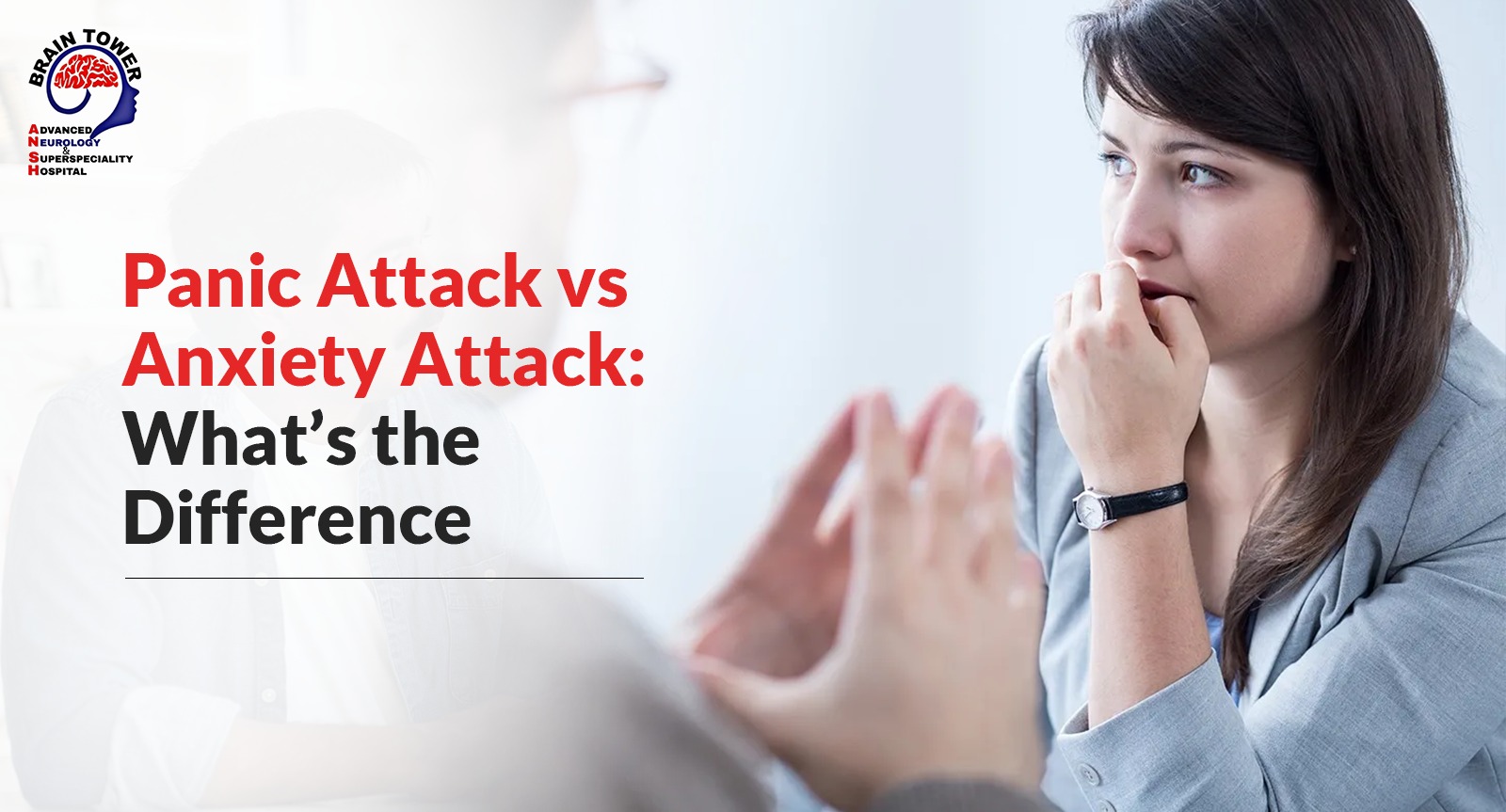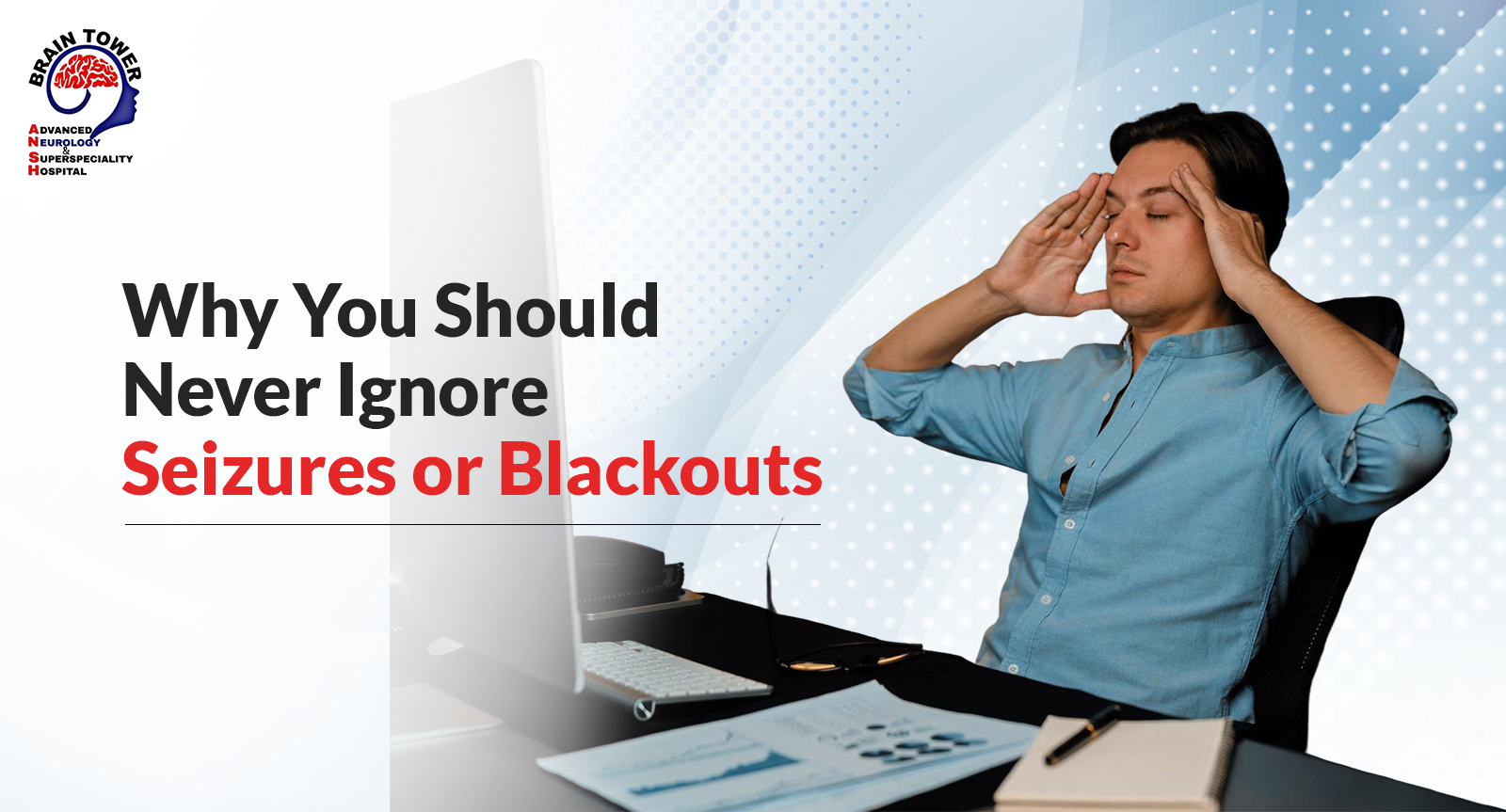Understanding the difference between these attacks can make the difference in how you respond and seek help. While both can be overwhelming and frightening, they have different starting points and behaviors. Asking yourself, “Panic Attack vs. Anxiety Attack: What’s the Difference and Why It Matters,” is a beneficial step because knowing what you’re experiencing allows you to respond more effectively and with confidence.
What is a panic attack?
A panic attack is a sudden surge of intense fear or discomfort that occurs quickly. Your body reacts as if there is immediate danger: your heart races, your breathing gets tight, you may sweat, shake, feel dizzy, or sense a loss of control.
Symptoms usually reach their worst within about ten minutes and most often ease within half an hour, though times vary from seconds to hours. While panic attacks are frightening, they are not usually physically dangerous.
What is an anxiety attack?
People often say “anxiety attack” to describe a period of strong worry or stress. Unlike panic, anxiety usually grows gradually and is linked to worries about real-life events, a job, exams, health issues, or ongoing problems. It can last longer, sometimes for hours or days, and often leaves you tired and on edge rather than suddenly overwhelmed. Anxiety is part of a group of conditions called anxiety disorders when it becomes frequent and stops you from living your life normally.
Symptoms – what your body and mind show
Panic Attack
- Rapid, pounding heartbeat
- Chest discomfort or pain
- Shortness of breath or feeling smothered
- Shaking or trembling
- Dizziness or lightheadedness
- Numbness or tingling in the hands or face
- Sudden hot or cold sweats
- Overwhelming fear of dying or losing control
- Feeling detached from surroundings or self
Anxiety Attack
- Ongoing muscle tension or stiffness
- Upset stomach or nausea
- Trouble falling or staying asleep
- Restlessness or inability to relax
- Racing thoughts that loop over worries
- Irritability or difficulty concentrating
- Symptoms build gradually and linger
Causes of Panic Attacks
- Unclear or multiple causes – Experts don’t single out one source, but several factors are linked to panic attacks.
- Underlying mental health conditions – Conditions such as panic disorder, social anxiety disorder, PTSD, and depression can increase the likelihood of panic attacks.
- Stressful life events – Sudden stress, big life transitions, or accumulated tension can trigger panic.
- Family history and brain chemistry – Panic attacks often run in families, and neurotransmitter imbalances are suspected contributors.
- Substance use – Things like nicotine, caffeine, cannabis, or withdrawal from certain drugs can act as triggers.
Causes of Anxiety Attacks
- Heredity plus environment – Anxiety disorders, including what people refer to as anxiety attacks, are influenced by both genetic predisposition and life stress.
- Stress and upbringing – Early life experiences, like overprotective parenting or minor repeated stressors, increase anxiety risk.
- Environmental and social factors – Ongoing interpersonal stress, childhood trauma, or poor relationships can contribute heavily to anxiety.
- Substance effects – Excessive caffeine, certain drugs, or withdrawal symptoms can worsen anxiety or trigger episodes.
Risk factors – who’s more likely to get them
Risk rises if you have a family history of anxiety or panic, a personal history of other mental health problems, or long-term stress.
Panic disorder tends to be more common in women, and people who have suffered trauma or severe stress are at higher risk for both panic and chronic anxiety. Substance use, poor sleep, and medical conditions that affect the body can also increase risk.
Diagnosing – how professionals decide
A doctor or mental health professional will ask about your symptoms and when they occur. They will rule out medical causes (like heart or thyroid problems) with tests if needed.
For a clinical diagnosis, professionals compare symptoms to standard criteria used in psychiatry and may use checklists or rating scales to track severity. Diagnosis is more than a label; it guides the right treatment plan.
Treatment and medication – getting help that works
Treatment often combines short-term and long-term methods. For many people, therapy is the main tool. Cognitive Behavioural Therapy (CBT) helps change thought patterns that feed panic and anxiety.
For panic, learning breathing and grounding techniques works well at the moment. For ongoing anxiety, therapy plus stress management gives longer relief.
Medications can help too. Antidepressants (like SSRIs) and sometimes short-term anti-anxiety drugs are used when symptoms are severe or when therapy alone isn’t enough.
Making lifestyle changes, such as improving sleep, exercising regularly, reducing caffeine and alcohol intake, and developing a support network, often leads to significant improvements. If you need treatment, experts at Brain Tower Hospital can provide guidance through assessment and ongoing care.
Practical tips for the moment
If a panic attack comes on, try to focus on steady breathing, slow inhales and long exhales, and find a small grounding task: name five things you see, four things you can touch.
Remind yourself that the attack will peak and pass. For anxiety that is building, break the worry into smaller steps, limit time spent rehearsing worst-case thoughts, and use short relaxation breaks throughout the day.
Why knowing the difference changes things
Recognising whether you’re dealing with a panic or an anxiety attack changes your response. Panic calls for immediate grounding and breathing; anxiety often needs problem-solving, steady routines, and longer-term coping skills. Both need compassion and, sometimes, professional help. Understanding the difference helps you act faster and feel less helpless.
Conclusion
Both panic attacks and anxiety attacks are real, upsetting experiences. Panic hits suddenly and intensely; anxiety builds and lingers. Learning the signs, causes, and treatments, and taking early steps, gives you the power to manage them.
If you or someone you care for faces these episodes often, don’t wait to reach out. The Difference Between Panic and Anxiety Attacks and Why They Are Important. Knowing this can be the first step toward feeling calmer and more in control
.














